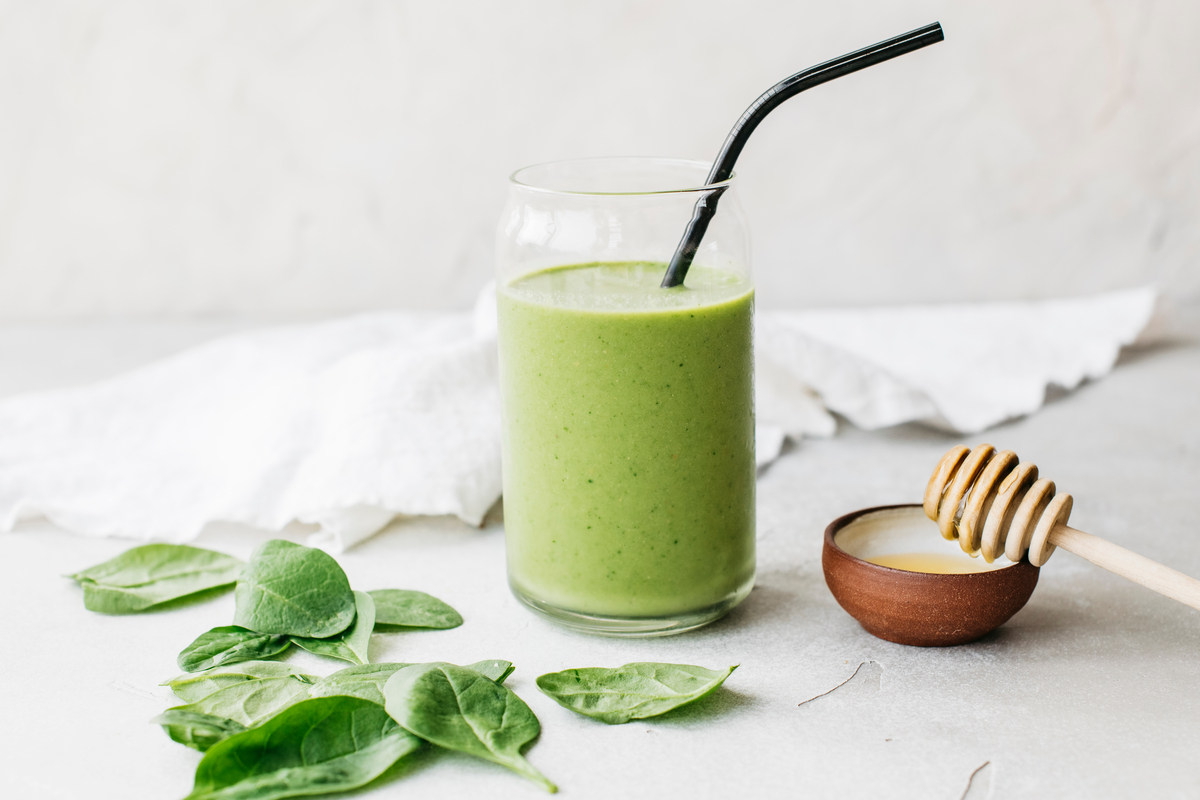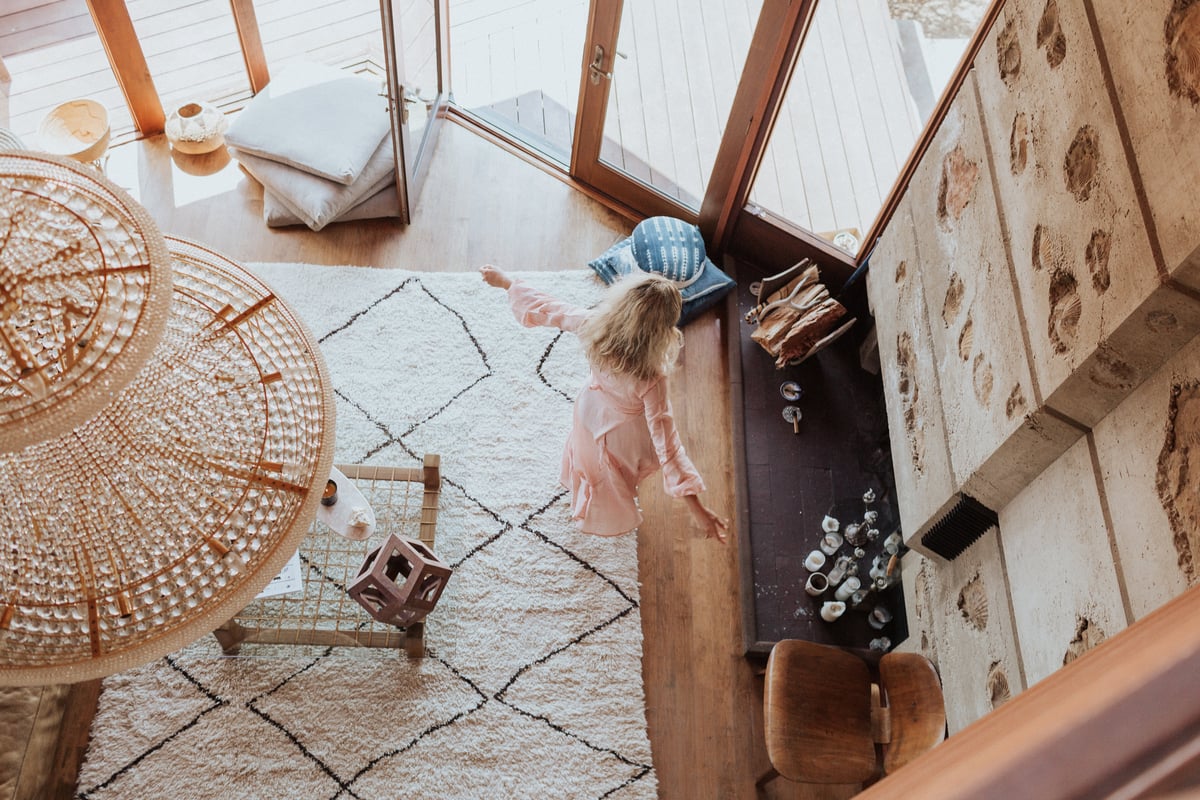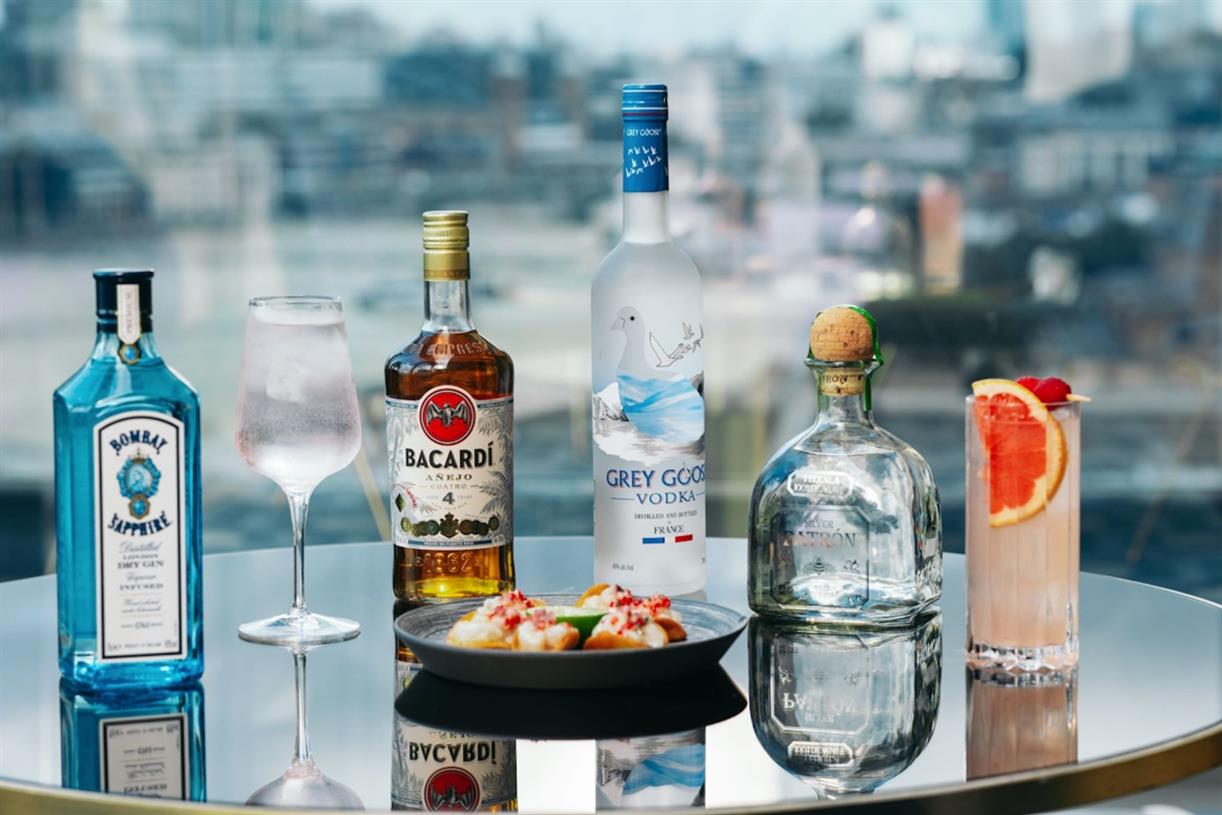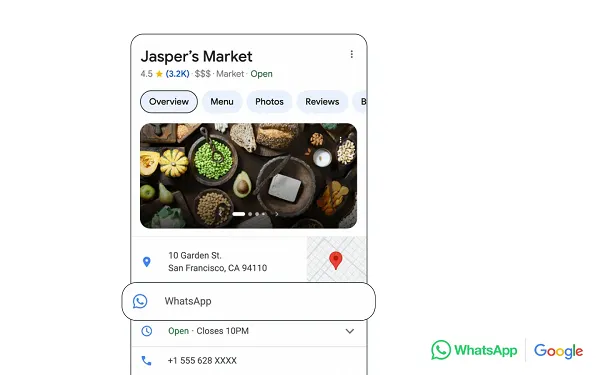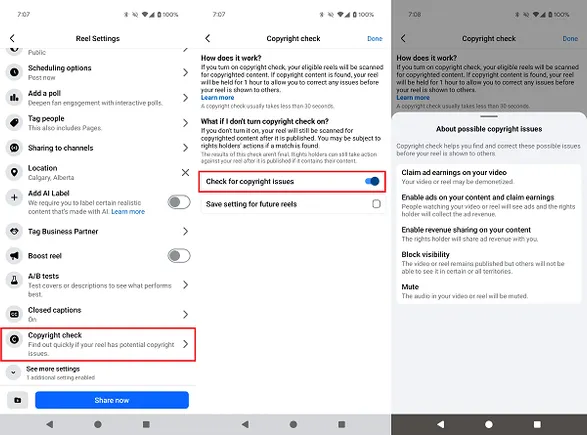Why you should swap Florence and Chianti for Turin and the Langhe for culture and wine
Vineyard tours, one-of-a-kind cuisine and a Unesco-protected natural wonder – it’s time to head to northern Italy and give Piedmont your full attention, writes Alessia Armenise

Sign up to Simon Calder’s free travel email for expert advice and money-saving discounts
Get Simon Calder’s Travel email
There is nothing I like more than getting to an Italian café early in the morning, leaning on the cold marble of a bancone – counter – and ordering my first coffee of the day. I could be doing that anywhere in Italy, but the tomato, salad and egg tramezzino (a soft sandwich typically cut in little triangles) served with my steaming hot cappuccino this time is what tells me I’m in Piedmont. And, more specifically, in the delightful city of Turin.
Speaking as an expatriated Italian, Turin is, in my opinion, one of the country’s loveliest yet most underrated cities to explore, and I never fail to suggest it whenever someone tells me they’re heading to Milan or any of the nation’s other more overcrowded destinations. The capital of the Piedmont region is the most train-travel-friendly location in Italy for one thing, with fast direct trains (the Italian Freccia Rossa) travelling from Paris most days in around six hours. But the city is also extremely elegant, culturally rich and easy to navigate. No matter what kind of traveller you are, Turin really has it all – minus the crowds of tourists that you usually find in Florence, Venice or Rome.
Piedmont now is what Tuscany was 20 years ago. It’s just as beautiful as those more famous, more touristy places
Looking for a culture-filled getaway? Turin is home to one of the most important museums of Egyptian art in the world, second only to the Egyptian Museum of Cairo. On the hunt for good food? Piedmont is the home of the Slow Food movement – a global, grassroots organisation that promotes local food and traditional cooking methods – and the city boasts 11 Michelin-starred restaurants including Condividere and Magorabin, plus hundreds of cheaper eats where you can discover the local cuisine.
Turin is one of Italy’s most underrated yet attractive cities
(Silvia Lusetti)
Turin was the first Italian capital, once the residence of the Italian monarchs, and birthplace – together with the rest of the Piedmont region – of some of the most coveted Italian treats: espresso (invented in Turin, not Naples), white and black truffles, Barolo wine and arguably one of the world’s tastiest chocolate treats that can rarely be found outside Italy, the Gianduiotto.
Read more on Italy travel:
But the food and wine scene in Turin is only possible because of the amazing produce that can be found in the rest of the region. Paying a visit to the Langhe Monferrato Roero area – a Unesco-protected site where renowned Italian wines like Barolo, Nebbiolo, and Barbera are produced –is a must for foodies and oenophiles. Meanwhile the town of Alba, described as Langhe’s capital, is the place to go to for black and white truffle hunting (and, of course, tasting).
Turin really has it all – minus the crowds of tourists that you usually find in Florence, Venice or Rome
While Tuscany has been slowly bought up by American celebrities and tycoons – followed by German and British residents – Piedmont remains mainly Italian, even when it comes to tourism.
Stephen Croncota, Versace’s former CMO and owner of Villa Giara, who moved to Milan from Los Angeles before falling in love with Piedmont, summed it up perfectly: “Piedmont now is what Tuscany was 20 years ago. It’s just as beautiful as those more famous, more touristy places, but it’s more authentic and a fraction of the price. It’s also much easier to get to”.
The region’s wines are famous enough to attract wine lovers and experts, but it’s far more rare to find big tour buses, hen parties or couples on a boozy honeymoon in the Langhe Monferrato Roero compared to the Chianti area or France’s Bordeaux region.
Barbaresco wine is produced in the vineyards of the Piedmont region
(Archivio Ente Turismo)
And yet visitors are spoilt for choice when it comes to vineyards here. With more than 400 wineries on offer, the tourism board even came up with the website piemonteonwine.it, a free service that helps you find the best winery for your tastes. And they did the same to promote the region’s produce; on piemonteonfood.it you’ll find local producers to visit for tasting and shopping.
Another must-see grape-focused attraction is the Castello di Grinzane, a beautiful castle that hosts the Piedmont Regional Wine Shop and a vineyard open-air museum where guests can learn more about where their glass of Barolo came from. But there’s also the gorgeous village of Neive and Canelli’s underground cathedrals, 20 kilometres of historic cellars that have been inscribed on the Unesco World Heritage List since 2014.
Northern Italy is the place to head to for fresh truffle
(Archivio Ente Turismo)
When I asked Stephen Croncota to describe the region to someone who has never been, he said: “It’s like those fairy tale vistas in kids’ books, with the hills and the winding roads and the castles in the distance. It looks like that, come to life.” I couldn’t agree more. If there is one place in Italy you plan to visit next year, make it Piedmont – you won’t regret it.
Travel essentials
Getting there
Travelling by air
Multiple airlines fly from the UK to Turin. Ryanair offers direct flights to Turin from Bristol, London, Manchester and Birmingham. From London, British Airways and easyJet also have direct flights to Turin. From Manchester, Jet2, easyJet and Tui all have direct flights; Tui and Jet2 offer direct flights from Birmingham.
Travelling by train
It’s fairly easy to get to Turin by train from London. Eurostar travels daily from St Pancras, getting to Paris Gare du Nord in 2hr37m. After that, you can take another train – the Freccia Rossa fast train would be the quickest option – from Paris Gare de Lyon to Turin Central Station, which will take you to the Italian city in around six hours.
To travel around the region, hiring a car would be the best option, making visits to small villages and wineries more convenient. But if you prefer to keep your travel train-only, you can access a variety of charming towns using Italy’s regional trains. You can book your Freccia Rossa train and all regional travel on Trenitalia.com.
Staying there
Casa di Langa
Casa di Langa is a 39-room sustainable hotel situated amidst the Barolo, Barbaresco, and Alta Langa wine regions. Within its 42 hectares, this luxury establishment offers cooking lessons and wine-tasting experiences at its Wine Academy and Cooking School, as well as pampering sessions at its Lelòse Spa and gourmet dinners at Fàula Ristorante, where executive chef Daniel Zeilinga prepares mouth-watering delicacies created using produce from the restaurant’s greenhouse and biodynamic garden.
Rooms available from{{#price}}{{price}}per night{{/price}}{{^price}}Check availability for dates and prices{{/price}}
{{#amenities}}
Hotel Amenities
Food & Drink
{{#amenities.foodDrink}}{{.}}{{/amenities.foodDrink}}{{/amenities.foodDrink.length}}{{#amenities.internet.length}}Internet
Please check hotel for more information on amenities
Services
{{#amenities.services}}{{.}}{{/amenities.services}}{{/amenities.services.length}}{{#amenities.parking.length}}Parking
Please check hotel for more information on amenities
Health & Wellbeing
{{#amenities.health}}{{.}}{{/amenities.health}}{{/amenities.health.length}}{{/amenities}}
Villa Giara
Villa Giara is a gorgeous 10-bedroom country house located in the heart of the wine and truffle region, a perfect base from which to explore the surrounding wineries and beautiful villages (or you can simply relax by the pool with a glass of wine in hand). One thing to know before booking is that Villa Giara is adults-only (17 and over) and pet-free.
Read more of our best Italy hotel reviews

 FrankLin
FrankLin 











